Detailed Core and Back Workout Program
Author:
Reviewed by:
(21 years of Oly Lifting experience)
Unlock your full potential by engaging with our experts and community! Have questions about your fitness journey or looking for expert advice on weightlifting techniques? Don’t hesitate — leave a comment below and Sergii Putsov will provide a personalized answer and insights to help you reach your goals.
Torokhtiy is reader-supported. Some links are affiliate links, and we may earn a commission at no extra cost to you. See our disclosure page for details.
The core is the structural basis of an organism.
This terminology is often understood to refer to the torso in everyday speech, although in academic contexts it also refers to the neck and head.
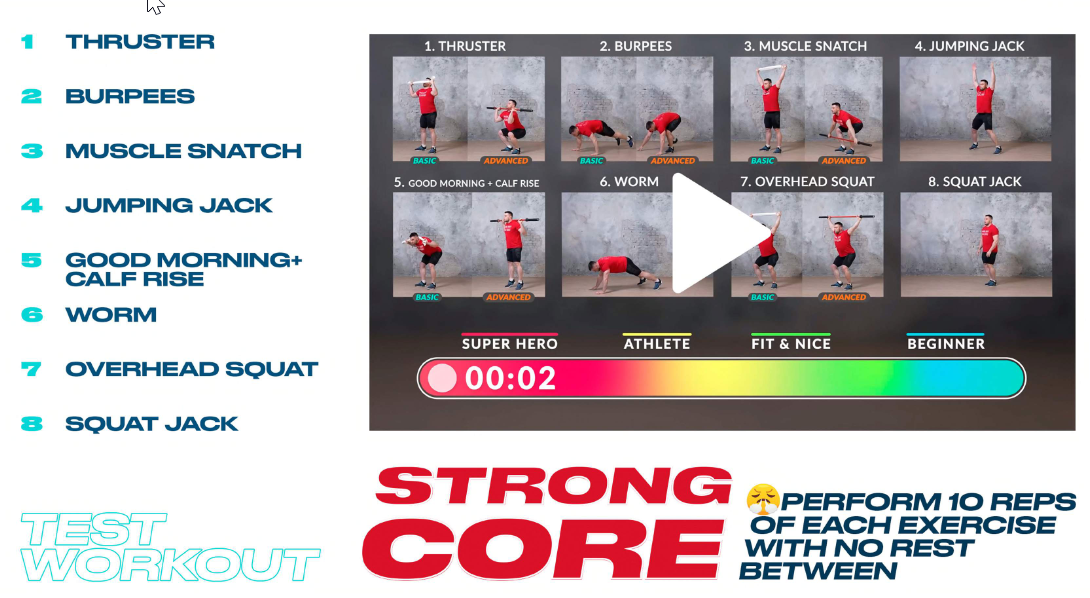
This region of the body is crucial for functional movements, and underdeveloped core muscles might increase your risk of injury.
A Core and Back Workout Program is a fitness routine focused on strengthening the abdominal, lower back, oblique and other small torso muscles. It enhances posture, stability and overall basic strength, often incorporating specific drills to prevent back pain and improve athletic performance.
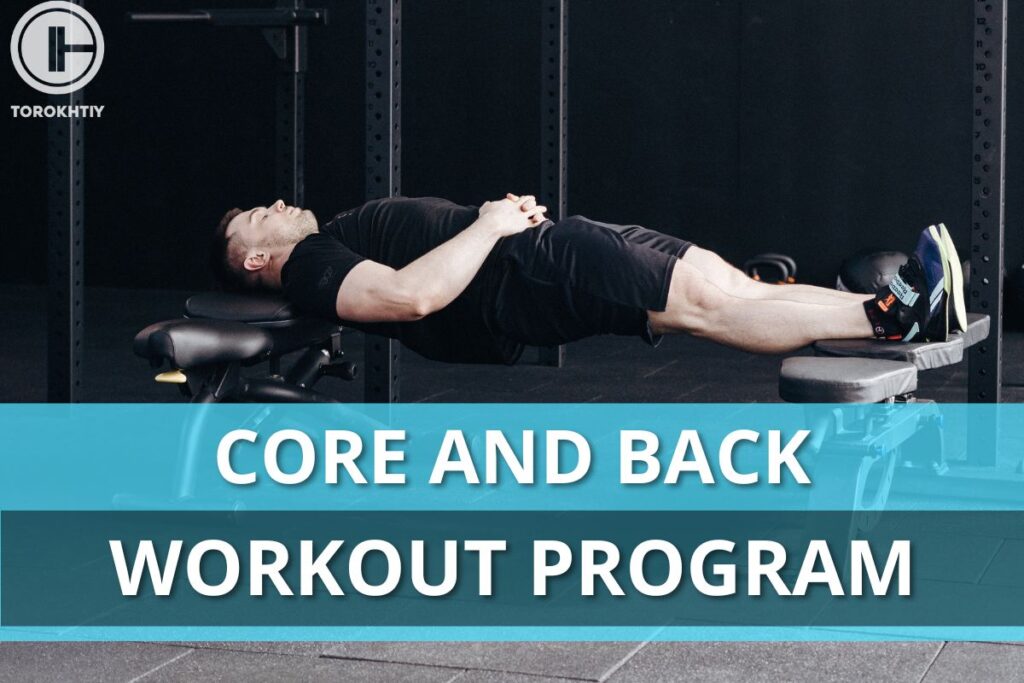
Core Anatomy
The core is the structural basis of an organism. This terminology is often understood to refer to the torso in everyday speech, although in academic contexts it also refers to the neck and head. This region of the body is crucial for functional movements, and underdeveloped core muscles might increase your risk of injury.
The belly, mid back, and lower back are where the majority of the core’s muscles are located, with the hips, shoulders, and neck acting as peripheral joints. During dynamic exercises, the core stabilizes the ribcage and the pelvis and also exerts internal pressure.
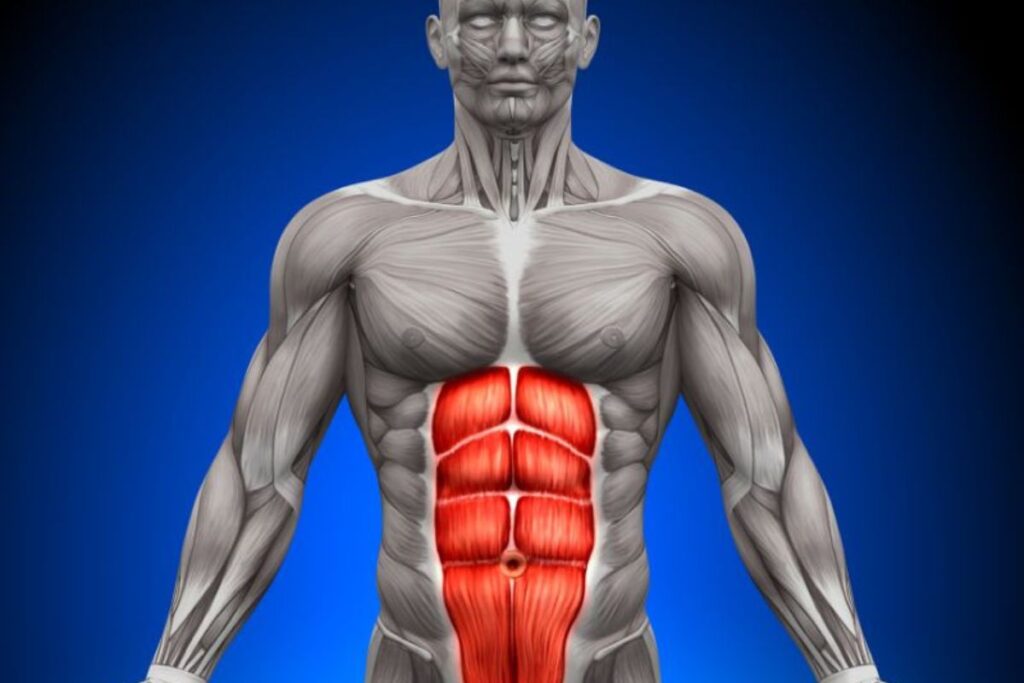
The pelvic floor muscles, multifidus, obliques, transversus abdominis, rectus abdominis, erector spinae, longissimus thoracis and diaphragm are the major muscles that are worked.
The deep lumbar, quadratus lumborum, and deep rotator muscles, as well as the rectus capitus anterior, lateralis, and longus coli muscles in the neck, may also be thought of as part of the core group. The latissimus dorsi, gluteus maximus, and trapezius are all minor core muscles.
Functions of the Core
Most functional movements of the whole body, including most sports, are thought to start in the core. Also, a person’s posture depends a lot on how strong their core is.
All in all, the human body is made so that it can take force on the skeletal system and direct it in the right direction through the joints. The core muscles line up a person’s pelvis, spine and ribs so that they can resist a certain force, whether that force is dynamic or static.
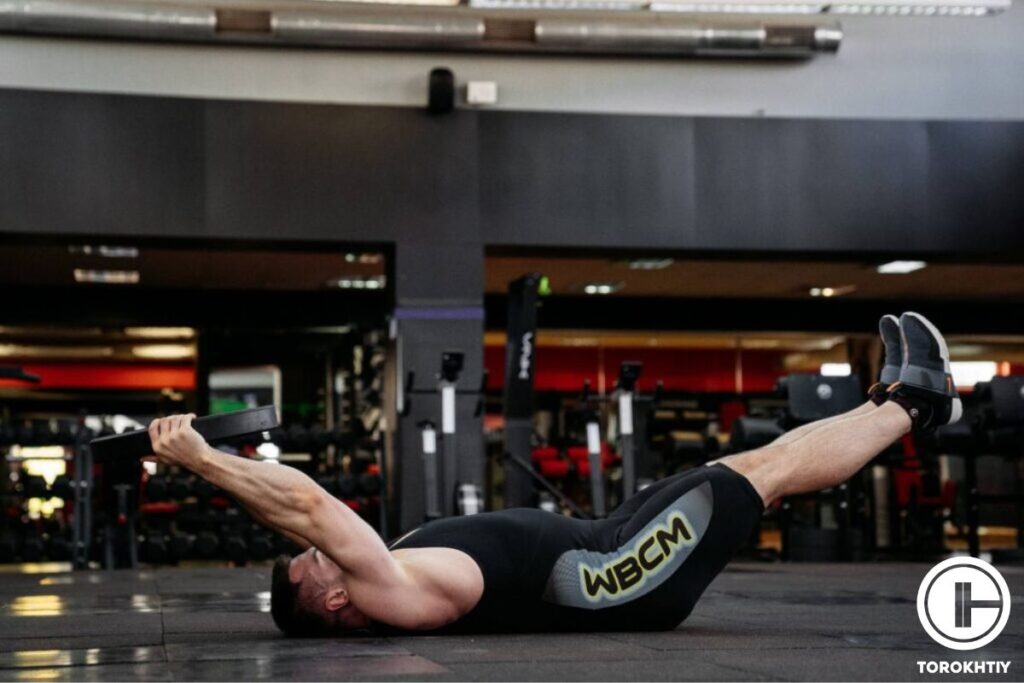
Static Function of the Core
The capacity of one’s core to position the skeleton to withstand a constant force is known as static core functionality.
The act of shooting a gun while lying down is an illustration of a static core function. The sniper must be able to sink both their own weight and the load of the weapon into the ground in order to maintain accuracy.
Any attempt by the shooter to have the sights move dynamically may cause a jerky posture in which the focuses do not remain stationary on the target. The body must be in proper alignment to put the weapon onto the targets since the muscles cannot push the weapon with enough force to maintain precision.
Despite being on the floor and quite distant from the rifle, the core is still aligning the trunk and pelvis, which are related to the shoulder, arms, and neck. The ribcage, spine and pelvis must be positioned in such a way as to prevent unnecessary movement of these peripheral parts.
The axial skeleton is therefore supported by the core muscles in such a way that the upper body may act as a firm, sturdy foundation for the weapon to remain immobile.
Dynamic Function of the Core
Dynamic movement, which combines a very different set of muscles and joints than a static posture, must take into consideration both the power of external resistance and the nature of our skeletal system as a lever.
Due to its functional architecture, dynamic movement depends more on the core musculature than it does in static movement, which relies only on skeletal rigidity. This is so that the movement may resist a load that alters its plane of movement rather than a static, constant resistance.
Muscles, ligaments and tendons and innervation play different roles as a result of movement since the body’s bones must absorb the force in a fluid manner. These obligations include postural responses to speed variations, contraction reaction time, and power.
Walking up a slope is one illustration of this. The body must defy gravity while travelling in a particular direction and maintaining balance on a rocky surface.
In order to balance the body and acquire momentum by pushing against the surface in the direction opposite of the intended movement, the body is compelled to align the core and limbs in a manner that balances the body.
Although it may first appear that its legs are the main contributors to this movement, without balancing, the legs will merely lead to the individual falling over. Consequently, attaining core stability is the main driving force behind walking. The stable core is subsequently moved by the legs by activating their leg muscles.
Benefits of Core and Back Workout
The majority of people think of someone performing a tonne of crunches abs training program to develop their muscles when they think of someone with a strong core.
But there are many more factors to consider while developing core strength besides aesthetics. However, performing a lot of sit-ups is not the only way to develop core strength. Let’s take a look on all benefits of strong core workout program.
✅ Enhances Posture Support
Core consists of all the muscles in the torso, including the ones in sides and back, and is not only six-packs. Therefore, having stronger core muscles throughout the body can help to maintain excellent posture and help stand up straighter. This includes inner core muscles, which attach to your spine.
✅ Maintain Balance and Stability
Balance skill benefits from having a strong core overall, as well as the improved posture. This is because it’s simpler to maintain your balance or get back up after falling when you’re starting from a firm basis than it is when you’re on shaky ground.
Whatever the activity, having a strong torso can help you maintain balance. When you exercise, a stable trunk and a strong core make it easier to stand up straight. Your likelihood of suffering from muscular strains, lower back discomfort, and bad posture immediately increases if your core is weak.
✅ Facilitates Proper Lifting Form
You can maintain good form when lifting weights if you have a strong core. Through improved coordination and lower back, hips and pelvis may function more efficiently.
✅ Organs Are Safe
A core strengthening program can assist several of your body’s organs stay secure since they play a crucial role in maintaining bodily function. Your abdominal wall serves as a barrier to the outer world, but below it are organs including kidneys, spleen, liver, etc.
Because of this, the better your core is built, the more effectively it shields that tissue from force or injury from the outside world.
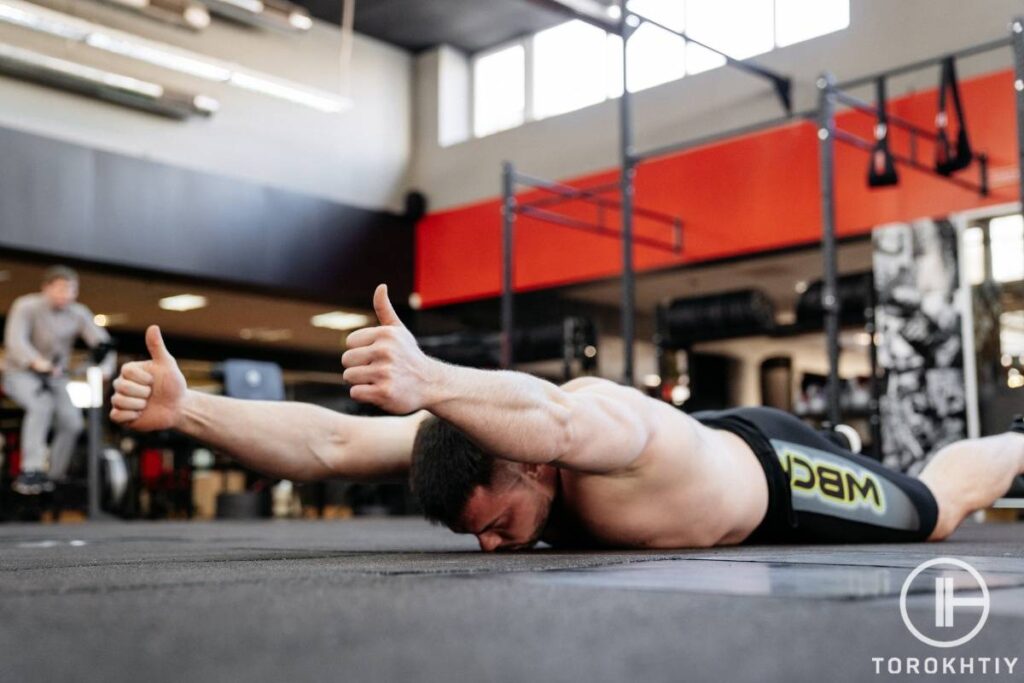
✅ Makes Everyday Life Better
All athletic movements start with your core. The stronger your core will be, the simpler it is to perform daily activities like bending over to pick something up off the ground or standing for extended periods of time.
Due to the fact that they may really increase your functional capacity, many abdominal drills fall under the category of functional fitness. They can make your daily activities easier and help you operate better.
✅ Boosts Power and Strength Training
A strong core is a good thing if it comes to exercising. The majority of athletic motions, such as jumping, punching, and weight lifting, are powered by your core, thus developing abdominal strength may help execute these things more powerfully than you otherwise would.
Being able to lift more weights requires a strong core. To perform with perfect form during heavy lifts, you need a significant amount of stability & core strength.
✅ You Age Well
Every stage of life requires core strength and back workout program. It helps you maintain better posture, balance, and bodily stability across your entire body, which can all help you stay flexible as you age, prevent falls, and reduce back discomfort.
Core Exercises
The majority of core training program may be performed with just a mat or towel and no other equipment. Whether you’re a novice, intermediate, or experienced athlete, you should know how to develop core & tone abs.
Find out about the muscles in your core and which ones each exercise works. There are an endless number of various core and back workout routine. Let’s look at the most beneficial ones.
1. Glute Bridge
One of the best core workout routine for beginners. They can safely perform this movement. The difficulty may be raised to provide more strength challenges. At the top of position, extend one leg out to make the movement more difficult. Change legs.
Muscles Engaged:
Transverse abdominis, Hamstrings, Glutes, Erector spinae.
How to Perform Drill
The feet should be shoulder-width apart while you lay flat on your back. Hold your arms firmly to the floor. Squeezing your glutes and maintaining a tight core can help you raise your hips gradually. Go back to the initial position.
Load:
15-30 repetitions, up to 3 sets
Rest for 30 seconds between sets
Common Mistakes:
- moving too fast
- avoiding using the muscles of the core
- not tightening the glutes in the final position
- losing shape at the peak
2. Superman Row
Muscles Engaged:
Glutes, Hamstrings, Shoulders, Latissimus dorsi, Core muscles, Erector spinae
How to Perform Drill
Lay down with your legs straight and your arms up. Lifting legs & arms off the floor requires using your back and glute muscles. Bend your elbows into a “W” shape and draw them back & downward to activate your back and shoulder muscles.
To support your neck, tuck your chin snugly in. Keep your core stable while performing the exercise. Slow down. Reverse the movement to get back to the beginning.
Load:
15-30 repetitions, up to 3 sets
Rest for 25-35 seconds between sets
Common Mistakes:
- performed very quickly.
- not concentrating on contracting all necessary muscles
- relaxing the core muscles
3. Plank Walk
This drill is a little more difficult than others. Beginner athletes should strive to be able to accomplish it since it is suited for intermediate athletes.
Muscles Engaged:
Transverse abdominis, Rectus abdominis, Obliques, Anterior deltoids, Pectoralis muscles, Glutes, Quads, Hamstrings, Calves
How to Perform Drill
Exercise in a plank position while adding legs movement. Pick up & move right leg to your right side and left leg to left side. Bring both legs back to the middle. Avoid rocking your hips since this indicates that your core is not engaged.
Throughout, maintain a neutral spine and a tight core. Keep your attention on your breathing. Arms, quads, glutes, and core all at once.
Load:
15-30 steps in total, up to 3 sets
Rest for 25-35 seconds between sets
Common Mistakes:
- rushing through the motion and losing form
- inadequate breath
- hip-swaying while losing core stability
4. Side Plank
Similar to the high & low plank, this is a good isometric exercise. For athletes at the beginning and intermediate levels, this exercise is excellent. By bending at the knees like in 1/2 Plank, beginners may scale side plank simpler.
Muscles Engaged:
Transverse abdominis, Internal and external obliques, Glutes, Adductors, Quads, Hamstrings
How to Perform Drill
With your legs straight, lie on your side. Put your elbow on the floor and raise your body so that it is immediately beneath or in line with your shoulder. Keep your neck neutral to maintain a straight spine.
Look directly forward. Keep your core strong. Make sure to hold tight your stomach, ribs, and hipbone. Chest is open. Pull shoulders away from ears and downward. Try to keep your posture as straight as you can. Squeeze your arms, hamstrings, glutes, and core.
Load:
Hold position for 20-40 sec for each side, work up to 3-4 sets
Rest up to 20-30 sec between sets
Common Mistakes:
- keeping breath: it’s critical to use diaphragm and breathe
- if hips are dipping toward the floor, you are not engaging obliques
- having butt out puts needless strain on lower back
Follow us!

Free!
Get a 2-week Weightlifting Program as a bonus for the subscription to kickstart your training plan!

Free!
5. Superman Swimmer
This is a great core drill for beginner core workout plan! Any athlete will benefit from it, but novices will particularly win from it.
Muscles Engaged:
Obliques, Transverse abdominus, Back extensor muscles, Glutes, Hamstrings
How to Perform Drill
Arms raised over your head while you lay on your stomach. Put your core muscles to work. Maintain a tucked-in chin and a neutral spine. Keep your shoulders tucked in and your ears out of the way. Engage back and core muscles as you slightly lift chest off the floor. Lift your limbs a little bit off the ground.
Gently “swim” or pump the left arm up while also “swim” the right leg up. Repeat on the opposing side, then return to the middle. Keep your core tight. The rib cage and hip bones ought to be as near as possible. Squeeze your glutes all through. Remember to breathe!
Load:
Work for 20-40 sec for each side, up to 3-4 sets
Rest up to 20-30 sec between sets
Common Mistakes:
- not breathing
- aim to face ahead rather than at the ground, neck discomfort may result from this
- exercising too quickly and failing to engage the core
6. Crunches
For beginners core strength workout plan, this movement is excellent. Most people start crunches in school, and it’s still a fantastic exercise!
Muscles Engaged:
Rectus abdominus, Obliques
How to Perform Drill
Bring wrists behind head and spread elbows while lying flat on back. As you maintain both feet on the ground, bend your knees up. Indent your chin. Before moving, engage your core by drawing your belly button toward your spine.
Lift your upper shoulders slowly off the floor, compress your shoulders together, and then slowly return to your starting position. Think of this as a crunching exercise where you lift each spine bone off the ground as you roll your back up.
By doing this, you may slow down the action and concentrate on using your core muscle. Avoid using momentum and avoid pulling your head. The work is done by ab muscles; your hands are not used to raise your head.
Load:
12-30 repetitions, up to 3 sets
Take 20-30 sec for rest between sets
Common Mistakes:
- employing momentum
- moving too quickly
- missing a breath
- pulling head forward and attempting the action with arms
Key Factors in core routine
Assure you are performing the following to maximize the benefits of your core exercises:
Timing
Don’t take a break between exercises; move right on to the upcoming one. Time each movement using a digital watch.
Form
Always keep an eye on your form to make sure your technique is fine. You will get less progress if your form is bad. During your workout, alternate between movements on the right and left sides.
Variations
You may perform your core & back workout plan either before or after major loads, but you should also aim to include other sorts of exercises in your strength-training program.
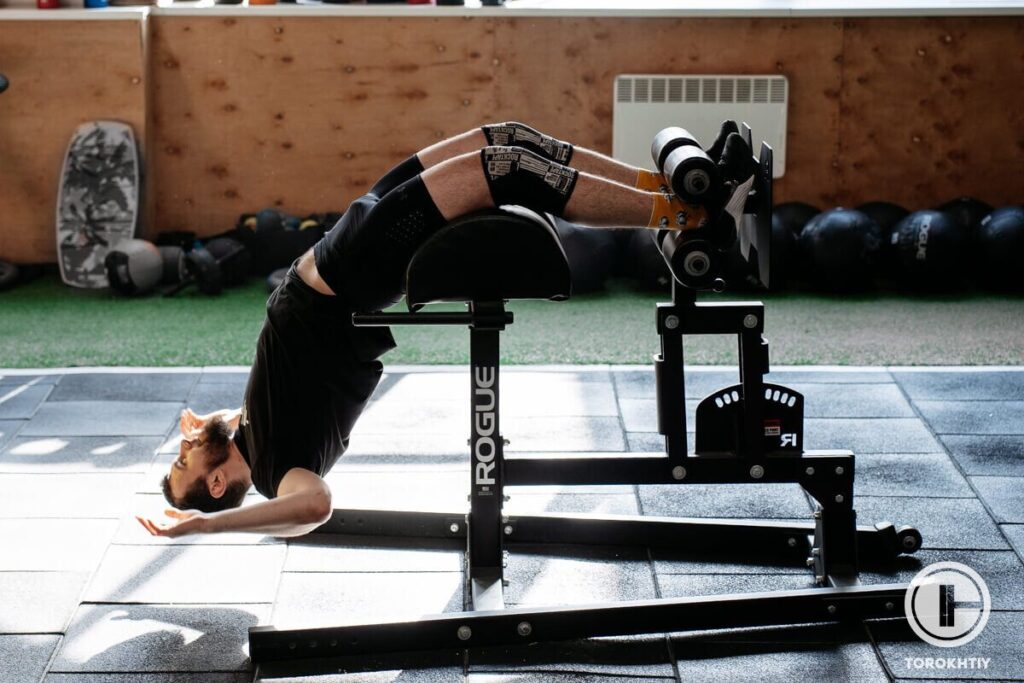
Core and Back Workout Program
As far as the goal of this program is not only back pain reduction, improving of the posture, but a fat loss, it is recommended to do quite short (up to 35 min), but often workouts up to 6-7 times per week.
For beginners or people who didn’t train for a long period of time (over 6 months), it is strongly recommended to use as an additional equipment just a middle size towel. For athletes who are in a good shape it is possible to use lightweight or a standard Olympic barbell.
Let’s take a look at the complete training program for a week.
It consists of 7 sessions with a set of 8 exercises. Depending on the day of the week, it can be a different number of rounds that need to be repeated.
Before each session it is obligatory to execute a 5-7 minutes warm-up to prepare the body for upcoming load. After the session it is obligatory to perform a cool down, breathing exercises and stretching routine up to 5-10 minutes.
Session 1
Perform 3 rounds of interval training 30 seconds of work and 30 seconds of rest with 2 minutes break between rounds
- Superman
- Crunches
- Thruster
- Left LEG lat pull
- Left Side Plank
- Right LEG lat pull
- Right Side Plank8
- High knees run
Session 2
Perform 3 rounds of interval training 30 seconds of work and 30 seconds of rest with 2 minutes break between rounds
- Superman
- Iron butterfly
- Back SQUAT
- Jumping Jack
- Left Split SQUAT + Push PRESS
- Jumping Jack
- Right Split SQUAT + Push PRESS8
- Jumping Jack
Session 3
Perform 2 rounds of interval training 30 seconds of work and 30 seconds of rest with 2 minutes break between rounds
- Worm
- Crunches
- Superman
- Burpees
- Scissors
- High knees run
- Quadrangle plank8
- Jumping Jack
Session 4
Perform 3 rounds of interval training 30 seconds of work and 30 seconds of rest with 2 minutes break between rounds
- Superman
- Raised leg crunches
- Snatch Thruster
- Left LEG Muscle SNATCH
- Bird Dog
- Right LEG Muscle SNATCH
- Forearm T-plank8
- Butt kicker
Session 5
Perform 3 rounds of interval training 30 seconds of work and 30 seconds of rest with 2 minutes break between rounds
- Superman
- Crunches
- Good morning + calf rise
- Jumping Jack
- Left Reverse Lunge + Arm RAISE
- Jumping Jack
- Right Reverse Lunge + Arm RAISE8
- Jumping Jack
Session 6
Perform 3 rounds of interval training 30 seconds of work and 30 seconds of rest with 2 minutes break between rounds
- Superman
- Scissors
- Horizontal Thruster
- Left LEG RDL
- Left Side Plank
- Right LEG RDL
- Right Side Plank8
- Burpees
Session 7
Perform each exercise for 10 reps as fast as possible for time
- Thruster
- Burpees
- Muscle SNATCH
- Jumping Jack
- Good morning + calf rise
- Worm
- Overhead squat8
- Squat Jack
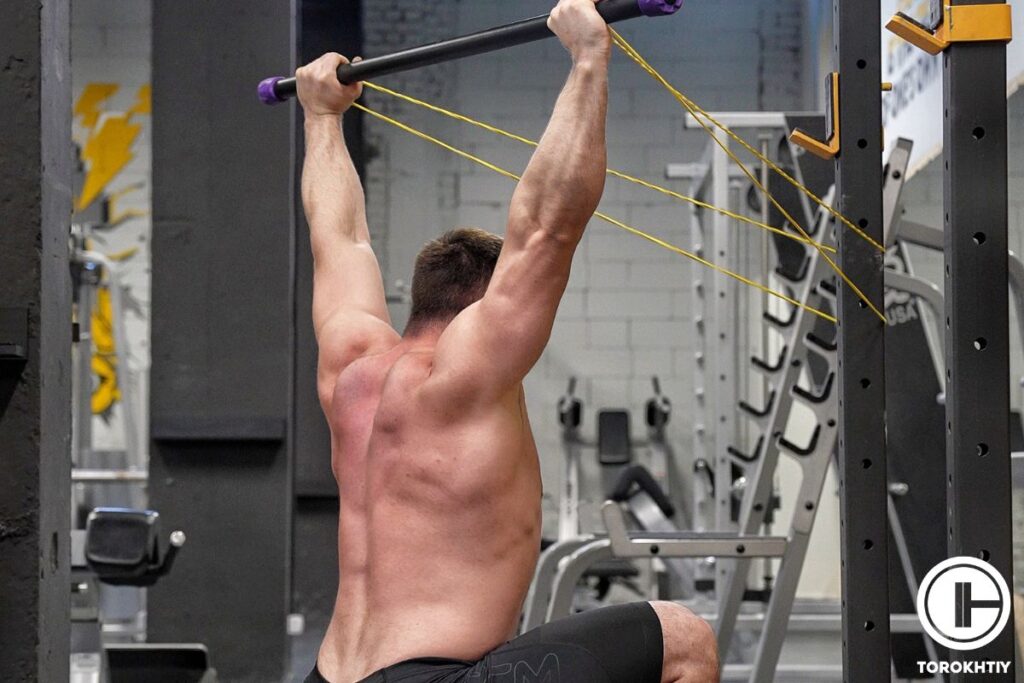
Common Core Programming Mistakes
Training your core and stabilizing muscles is different from any other type of exercise. It has some twists because it is different from increasing strength or endurance. It is understandable why so many athletes error fail to participate.
Mistake #1: Rushing to More Difficult Exercises.
It is ineffective to attempt more difficult exercises before mastering the fundamentals. What it actually does is increase the load on weak core muscles. As a consequence, the drill is performed carelessly and with poor form (shaking, swaying, bouncing).
As a result, the exercise is significantly less effective since big muscle groups must compensate.
How to fix: Work on developing fundamental strength across the entire body before attempting complicated movements. Exercises for beginners (planks, bridges) should be performed slowly before moving on to more difficult (bird dog, mountain climbers) and advanced exercises (side planks, hanging leg raises).
Mistake #2: Expecting Rapid Results
Athletes shouldn’t perform core exercises when anticipating instant effect. This body part is intended to support proper movement patterns and stabilise nearby muscles.
This explains why these muscle groups are numerous, tiny in size, and widely distributed throughout the body. A muscle of endurance, the core is used constantly as you move, stand, or sit.
How to fix: Put your attention on the function and make it as solid as you can. When the core is capable of supporting the body through challenging activities, it will appear shredded.
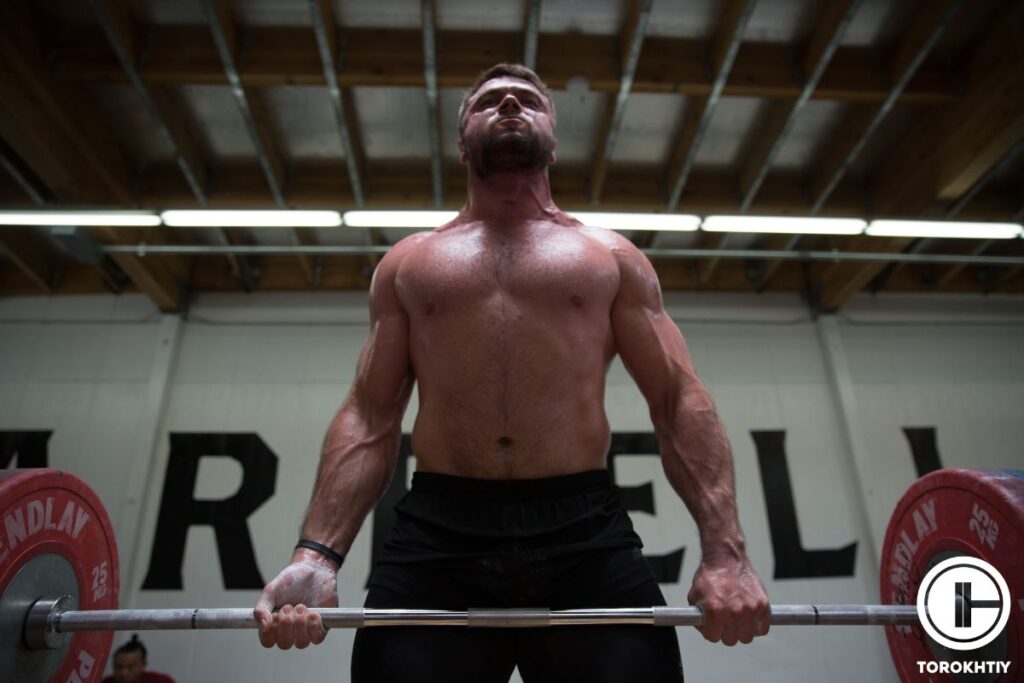
Mistake #3: Adopting a Sedentary Way of Life
Because the body must continually balance itself, movement puts the most stress on the core muscles. either to avoid falling while moving or to do a certain task.
Naturally, a person’s core muscles become more resilient and powerful the more active they are. People who are sedentary typically steer clear of activities that need excessive bending. This is one of main reasons why the majority of individuals have higher abdominal fat. The majority of the core muscles are gathered there.
How to fix: Walk as much as you can during the day, and avoid sitting still for extended periods of time. Instead of using the elevator, utilise the stairs, stand up at your workstation, or clean your home instead of sitting & watching TV. The goal of core training is to increase body resilience, which will be accomplished by all of it.
Mistake #4: Concentrating on Developing Powerful Abs or Isolating Specific Muscles
Some athletes focus their training too much on a particular muscle area, frequently concentrating on developing powerful abs. However, our core is necessary to support the complete body in order to function at our best.
The universe is not centred on abs. As athletes run, swim, kayak, or even bike, the shape of their hips, glutes, obliques, and lower back is affected.
How to fix: People can mix up their core routines and incorporate more complex movements into their workouts. The body will become more effective and robust as a result.
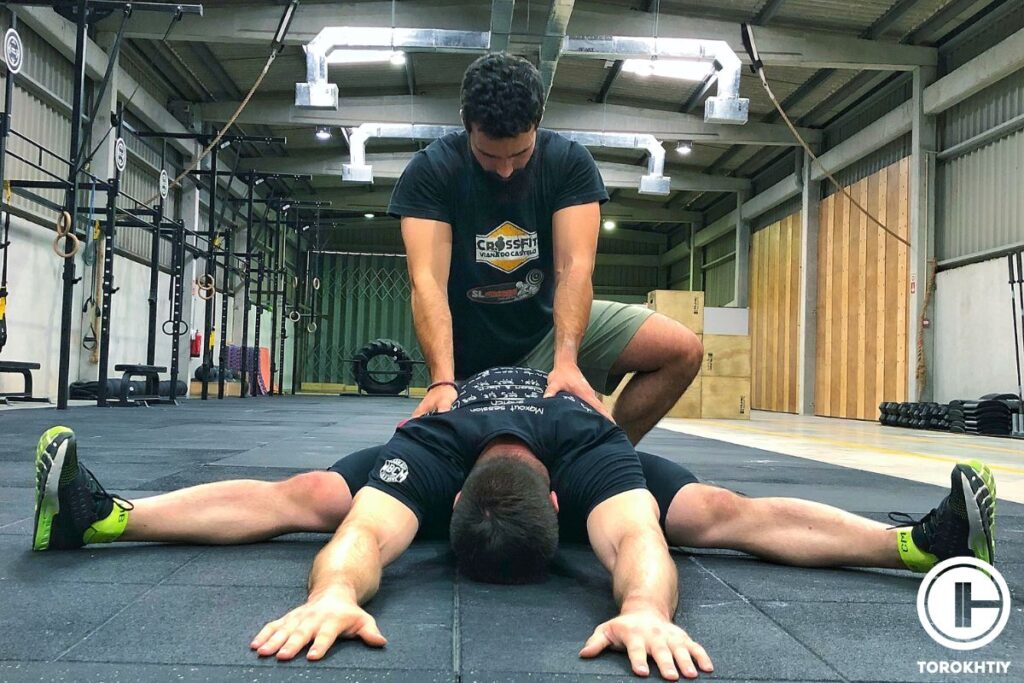
Mistake #5 Making the Same Basic Training
When athletes perform the same workouts repeatedly, their core strength gain is at danger of eventually plateauing. Although growing stronger is a wonderful thing, it is ideal to mix up your core workout schedule to encourage greater adaptation.
How to fix: Include activities you’re not familiar with or add difficulty to all of the core routines as your body gets stronger. Switch between dynamic planks & side planks, do the exercise on an unstable platform, incorporate leg lifts, or add more movement to the workout.
Mistake #6: Training the Core With Heavy Weights
One of the greatest mistakes athletes make while performing core workouts is using either too much free weight or equipment. The goal of core workouts is to strengthen the muscles that surround and support the core. These muscles are tiny and incapable of lifting or carrying heavy objects.
How to fix: Body weight exercises, performed daily for 10-15 minutes, are a more efficient technique to develop the core.
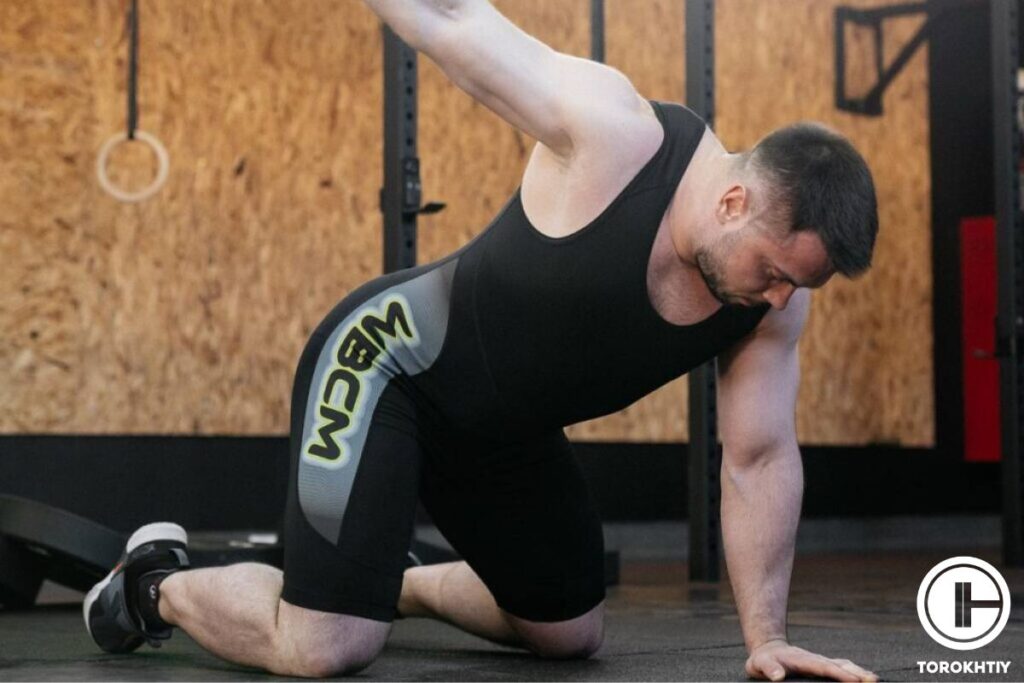
FAQ
What Is Interval Training?
After finishing general warmup by video or on your own, you should start playing the main video.
You will get stream of 3 rounds of 8 exercises for time intervals: 30 seconds of work and 30 seconds of rest. You will get additional rest time between rounds for water brake.
After fininshing the main part play stretching to boost recovery.
Can I Combine It With Other Types of Training?
Yes, you can combine it with OLY, functional, strength training or with any other activity.
Can Women Do This Program?
YES! We don’t have any gender prohibitions regarding this training program.
What if I Have More Questions?
Leave us a comment in the section below the article!
Also Read:
References:
- Şeyda Toprak Çelenay, Derya Özer Kaya “An 8-week thoracic spine stabilization exercise program improves postural back pain, spine alignment, postural sway, and core endurance in university students:a randomized controlled study” Turk J Med Sci. 2017 Apr 18
- Su Su Hlaing, Rungthip Puntumetakul, Ei Ei Khine, Rose Boucaut “Effects of core stabilization exercise and strengthening exercise on proprioception, balance, muscle thickness and pain related outcomes in patients with subacute nonspecific low back pain: a randomized controlled trial” BMC Musculoskelet Disord. 2021 Nov 30.
- Bruno R da Costa, Edgar Ramos Vieira “Stretching to reduce work-related musculoskeletal disorders: a systematic review” J Rehabil Med. 2008 May
- Photos by Torokhtiy Media Team; decade3d, Canva.com;
Why Trust Us?
With over 20 years in Olympic weightlifting, strength training, nutrition coaching, and general fitness our team does its best to provide the audience with ultimate support and meet the needs and requirements of advanced athletes and professional lifters, as well as people who strive to open new opportunities and develop their physical capabilities with us.
By trusting the recommendations of our certified experts in coaching, nutrition, and sports training programming, as well as scientific consultants, and physiotherapists, we provide you with thorough, well-considered, and scientifically proven content. All the information given in the articles concerning workout programming, separate exercises, and athletic performance, in general, is based on verified data.
The product testing process is described in more detail here.
Author: Sergii Putsov
Head of Sport Science, PhD
Best Results: Snatch – 165 kg,
C&J – 200 kg
Sergii Putsov, Ph.D., is a former professional weightlifter and National team member, achieving multiple medals in the 94 kg weight category at national competitions. With a Master’s degree in “Olympic & Professional Sport Training” and a Sport Science Ph.D. from the International Olympic Academy, Greece, Sergii now leads as the Head of Sport Science. He specializes in designing training programs, writing insightful blog articles, providing live commentary at international weightlifting events, and conducting educational seminars worldwide alongside Olympic weightlifting expert Oleksiy Torokhtiy.
Reviewed by: Oleksiy Torokhtiy
Olympic Weightlifting Champion, PhD in Sport Science
Best Results: Snatch – 200 kg,
C&J – 240 kg
Oleksiy Torokhtiy is a professional athlete boasting 20 years of experience in Olympic weightlifting. With multiple European and World titles under his belt, he has showcased his prowess in two Olympic Games (Beijing 2008 and London 2012). Upon concluding his illustrious career, Oleksiy dedicated himself to coaching. By 2022, he had conducted over 200 weightlifting seminars worldwide. He is the visionary behind an international sportswear and accessories brand known for its motto, “Warm Body Cold Mind.” Additionally, he is an esteemed author and the creator of a series of training programs and eBooks.



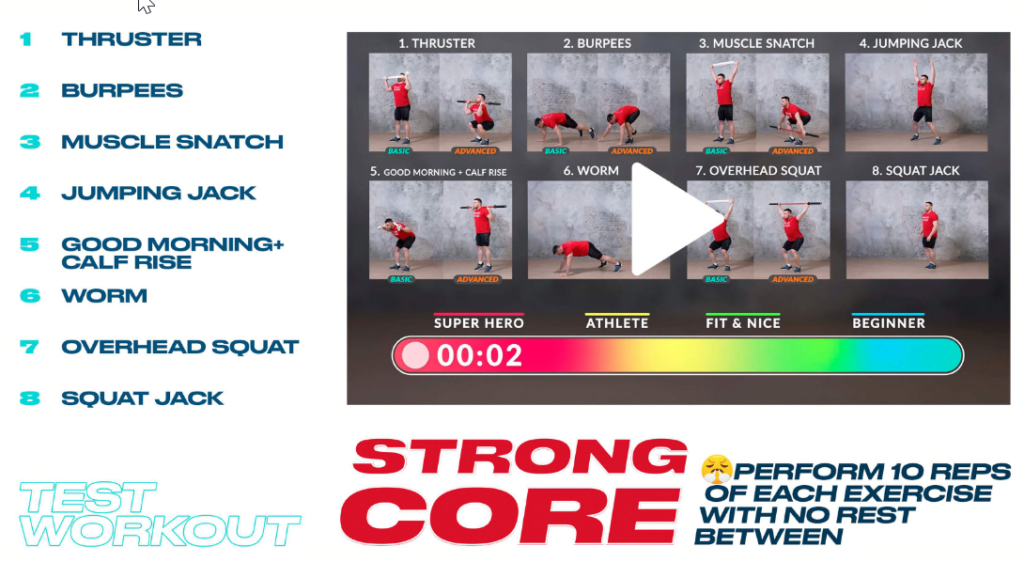

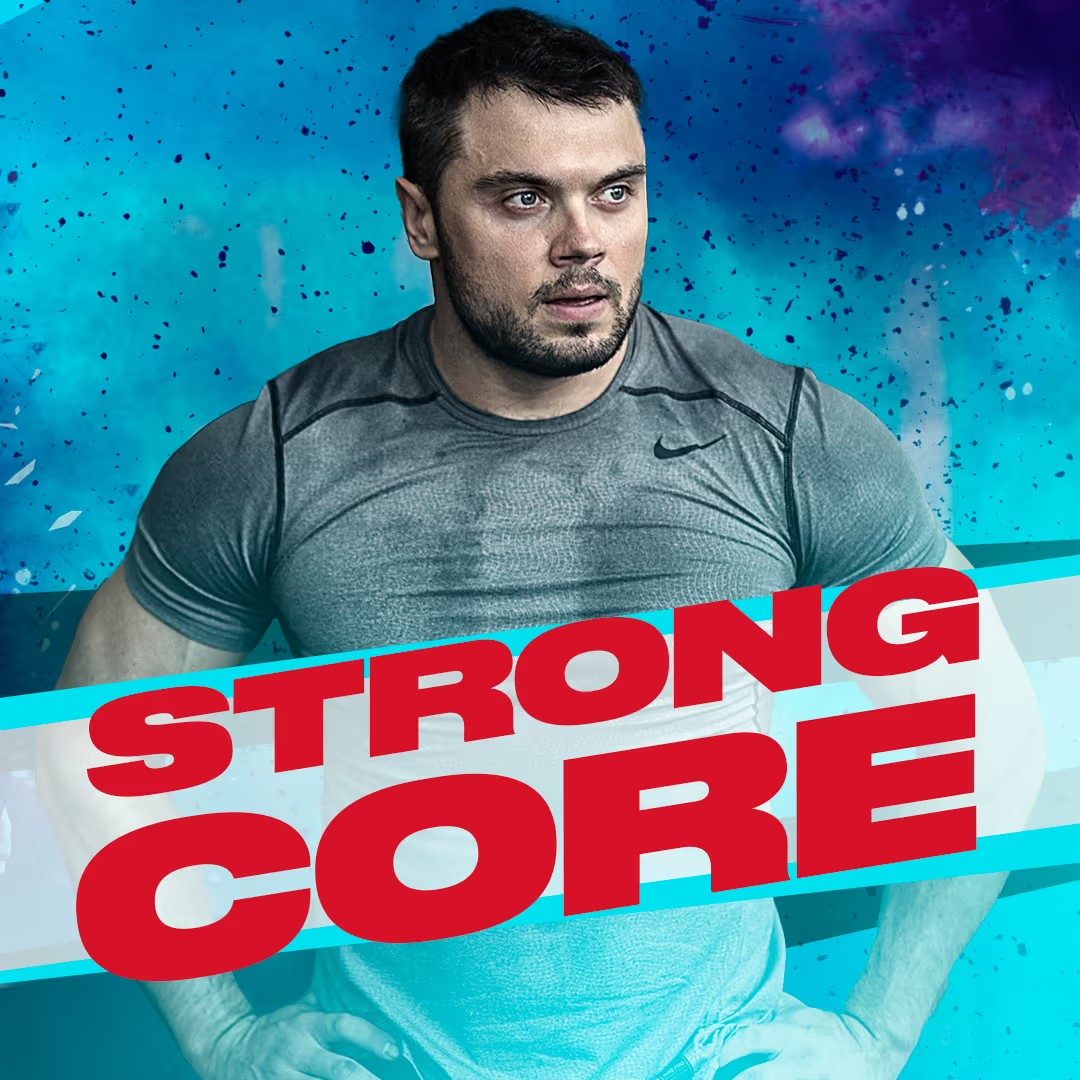
Still have questions after reading our article? Unlock your full potential by engaging with our experts and community! Don’t hesitate — leave a comment below and Sergii Putsov will provide a personalized answer and insights to help you reach your goals.